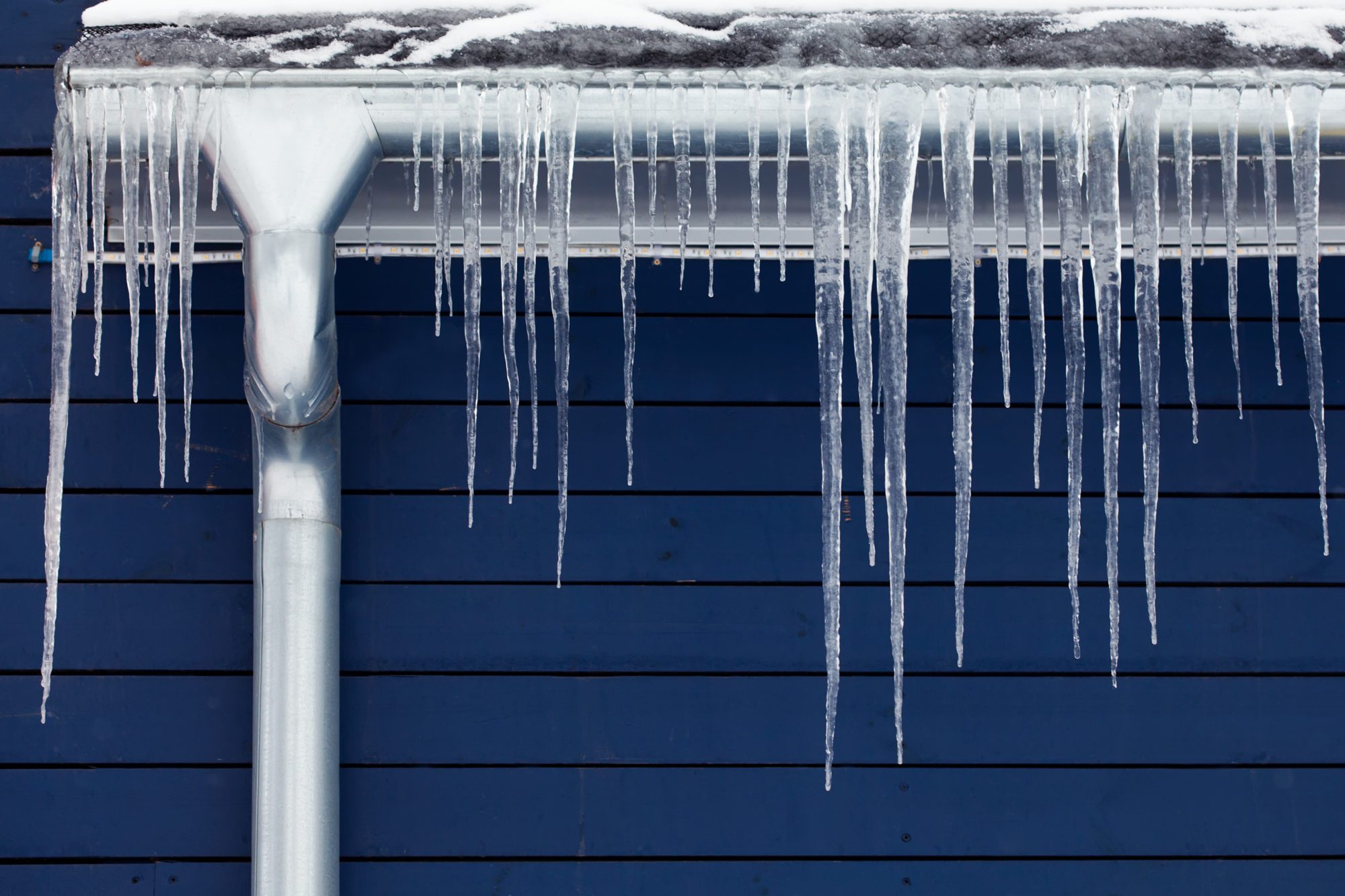We've noticed this great article involving Preventing and dealing with frozen pipes directly below on the web and thought it made perfect sense to quickly share it with you in this article.

Cold weather can ruin your pipes, particularly by freezing pipes. Here's exactly how to prevent it from occurring and what to do if it does.
Intro
As temperatures drop, the risk of icy pipelines increases, potentially causing pricey fixings and water damage. Understanding exactly how to avoid icy pipes is important for house owners in cool environments.
Prevention Tips
Shielding vulnerable pipelines
Cover pipelines in insulation sleeves or make use of warmth tape to secure them from freezing temperature levels. Concentrate on pipelines in unheated or external areas of the home.
Home heating techniques
Maintain indoor areas adequately heated, specifically locations with plumbing. Open up closet doors to allow warm air to flow around pipes under sinks.
Exactly how to determine icy pipelines
Try to find reduced water flow from taps, uncommon smells or sounds from pipes, and noticeable frost on exposed pipelines.
Long-Term Solutions
Structural adjustments
Consider rerouting pipelines far from outside walls or unheated locations. Add extra insulation to attic rooms, cellars, and crawl spaces.
Updating insulation
Purchase premium insulation for pipes, attic rooms, and walls. Correct insulation helps keep consistent temperature levels and lowers the risk of frozen pipelines.
Safeguarding Exterior Plumbing
Garden hoses and exterior faucets
Detach and drain garden hoses before winter season. Install frost-proof faucets or cover outdoor taps with insulated caps.
Comprehending Frozen Pipelines
What causes pipelines to freeze?
Pipelines ice up when exposed to temperatures listed below 32 ° F (0 ° C) for expanded durations. As water inside the pipes ices up, it broadens, taxing the pipeline walls and possibly creating them to break.
Threats and problems
Frozen pipes can result in water system interruptions, property damage, and pricey repair work. Burst pipelines can flooding homes and create extensive architectural damage.
Indicators of Frozen Pipes
Recognizing icy pipes early can avoid them from bursting.
What to Do If Your Pipelines Freeze
Immediate activities to take
If you presume icy pipes, keep taps open up to eliminate stress as the ice melts. Make use of a hairdryer or towels soaked in hot water to thaw pipelines slowly.
Final thought
Avoiding frozen pipelines needs aggressive measures and quick actions. By understanding the causes, signs, and safety nets, home owners can secure their pipes during winter.
5 Ways to Prevent Frozen Pipes
Drain Outdoor Faucets and Disconnect Hoses
First, close the shut-off valve that controls the flow of water in the pipe to your outdoor faucet. Then, head outside to disconnect and drain your hose and open the outdoor faucet to allow the water to completely drain out of the line. Turn off the faucet when done. Finally, head back to the shut-off valve and drain the remaining water inside the pipe into a bucket or container. Additionally, if you have a home irrigation system, you should consider hiring an expert to clear the system of water each year.
Insulate Pipes
One of the best and most cost-effective methods for preventing frozen water pipes is to wrap your pipes with insulation. This is especially important for areas in your home that aren’t exposed to heat, such as an attic. We suggest using foam sleeves, which can typically be found at your local hardware store.
Keep Heat Running at 65
Your pipes are located inside your walls, and the temperature there is much colder than the rest of the house. To prevent your pipes from freezing, The Insurance Information Institute suggests that you keep your home heated to at least 65 degrees, even when traveling. You may want to invest in smart devices that can keep an eye on the temperature in your home while you’re away.
Leave Water Dripping
Moving water — even a small trickle — can prevent ice from forming inside your pipes. When freezing temps are imminent, start a drip of water from all faucets that serve exposed pipes. Leaving a few faucets running will also help relieve pressure inside the pipes and help prevent a rupture if the water inside freezes.
Open Cupboard Doors
Warm your kitchen and bathroom pipes by opening cupboards and vanities. You should also leave your interior doors ajar to help warm air circulate evenly throughout your home.

We hope you enjoyed our part about Preventing and dealing with frozen pipes. Thank you so much for taking the time to read through our short article. Sharing is caring. Helping people is fun. Thanks so much for your time invested reading it.
Click Here